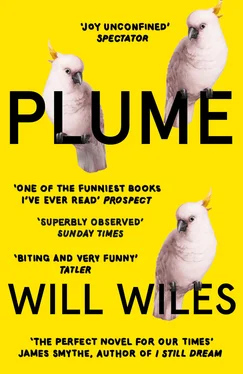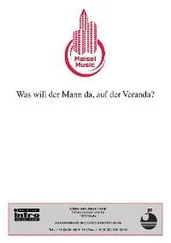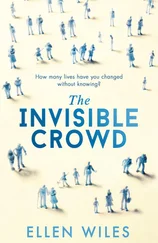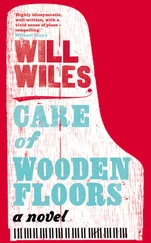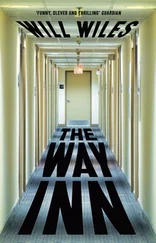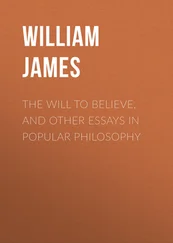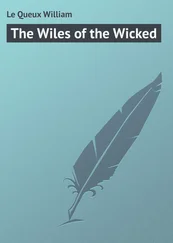1 ...8 9 10 12 13 14 ...19 Then he disappeared, or as close to ‘disappeared’ as you can get while still living in London and being verifiably alive. The last post he made on Twitter was to announce the cancellation of two forthcoming events; the account shut down a couple of weeks later. Emails bounced back to their senders. The slim hardback of collected essays came out in late 2013 and Pierce did nothing to promote it – no interviews, no readings, no appearances.
Night Traffic had attracted some controversy. The police had helped sales by criticising Pierce’s decision not to report the crime, and his freelance investigations. A Daily Mail columnist had attacked Pierce for ‘celebrating’ urban violence. One or two bloggers had taken against the book, claiming that it perpetuated stereotypes about the inner cities and deprived young people, although there was never much wind in the sails of this accusation; some corners of Twitter griped about ‘poverty tourism’. But the reasons for Pierce’s withdrawal from view remained stubbornly enigmatic. One theory was that he had taken fright at the sudden attention; another held that it was all a ploy, a stunt, an over-exposed author’s effort to recharge mystique. There were rumours of grand secret projects, but nothing more than rumours. I had been astonished when F.A.Q. said Pierce had been consulting with them on the mapping software that underpinned Tamesis. Consulting how? Doing what? Tamesis’s workings were obscure, purposefully so – Quin had this whole spiel about concealing some aspects of how the application worked. ‘Open but dark systems’, ‘benevolent spookiness’, ‘network chiaroscuro’. You can see all that on Quin’s TED Talk, or his presentation to the RSA. I forget which.
But I digress.
Writing profiles isn’t hard – there are rules to remember, but anyone can learn those rules. For instance, don’t slam your readers with great slabs of biography. Don’t regurgitate the subject’s CV all over the page. That information needs to be broken into digestible morsels and stirred into the writing. I learned that in my first job in journalism, shortly after I graduated in 2004. See?
Another rule is: don’t keep the reader hanging around. Like Eddie said, listen out for that strong opening. You have to start with a bang. The beauty of this is that even a disastrous interview with an obstructive subject can be turned to your advantage. If Pierce was rude and unhelpful, if he refused to answer questions and insulted my parents, I could still write the piece to my advantage – as a gonzo exercise, to use Pierce’s own tactics against him, or as self-deprecating humour. It took a bit of skill, but it was possible. I had started the calamitous Quin interview with his reaction to my late arrival. Indeed, it was a gambit I had worked hard in recent months as my preparation had grown more and more threadbare, and anyway it was so heavily used in the Sundays it has become cliché.
Yet another rule – and this applies to all feature writing, not just profiles – is that you need what’s called a ‘nut graf’. This is a paragraph or a line, near the start of the piece, that tells the reader what the article is about. It poses the question that the feature sets out to answer. So for Pierce, I’d like the nut graf to be along these lines: What made this acclaimed author suddenly shut himself off from the world – and why is he opening up now?
To ask that, of course, I’d need to get a good answer to that question. Because I have a nut graf of my own: Am I going to be fired this week?
At Victoria Station, there were unusually large numbers of people standing on the forecourt, not rushing about, and for a horrible second I thought the Underground entrances might be closed. This often happens in the mornings, as Victoria is always overcrowded and they have to shut the gates to stop a dangerous crush developing on the platforms. But it was well past the peak of rush hour and people were freely coming and going. Those commuters who were standing around outside were all facing in the same direction, towards Victoria Street, and they were all looking up at the sky.
I had been walking with my head down and my earphones in, thinking about Pierce, about what I was going to ask him. Little else had registered, apart from the coldness of the morning and the weakness of the light. I raised my eyes to see what the others were seeing.
The sky to the east – that is, towards the greater part of London – was poisoned. There are winter days when snow-filled clouds trap the land in unshifting twilight and the location of the sun is a mystery. But this occultation was deeper and darker than that, and lower and more sinister. Not storm-grey but the grey of truck tyres and industrial soot, intensifying to near-black at its thickest point. The plume. It had scented the air with a petrochemical tang that brought a solvent sting to the sinuses. I suppose I should be grateful to my neighbours for coating my sensory organs with a fine layer of pulverised brick and plaster, protecting me from the great fire’s morning bouquet.
I picked up a Metro from an untidy heap by the top of the Tube stairs. ‘Two Hurt in Inferno’ said the front page headline; a subheading added ‘Fuel Plant Blaze Rages Through Night’. On a normal morning I wouldn’t read Metro but I wanted to see more pictures of the fire, in particular more pictures from above. I can’t say what prompted this desire, but it was ardent and sudden.
‘I don’t like it,’ a young woman standing nearby said to her colleague. ‘I don’t like it. I just don’t like it.’ They were looking at the plume, but I didn’t know if they were talking about it.
A short hop on the Victoria Line, a transfer through the labyrinth of Oxford Circus, then a longer stretch on the Central Line. Rush hour had eased enough for me to get a seat and examine the paper.
As well as the cover, the fire had been given two inside spreads. The editors had clearly intuited that it would be a major topic of conversation on the morning commute and in the city’s workplaces, and had done their best to cater for that curiosity. Pages four and five were straight reporting: pictures of the fire crews, details of the evacuation, hasty facts about the toxicity of the smoke, and – best of all – a top-down Google Earth view of the fuel facility with numbered spots: ‘Minute by Minute: How Blaze Spread Beyond Control’.
Better yet were pages six and seven: ‘Your Pictures of Barking Inferno’. What an age this was for the gawper and the rubbernecker – at last, satiety. Sam from Leyton had captured an apocalyptic black pillar dwarfing a twilit terrace of houses. Ann from Maida Vale contributed a picture from Hampstead Heath, probably taken around lunchtime: London as Mordor, an inverted black pyramid spewing darkness at its eastern edge. In the foreground of this image, other people could be seen on the Heath, also taking photos with their phones. Lee from Southend had another angle, the smoke cloud from the east, the western horizon kohled, sunset cancelled. My favourite image was by James from Crystal Palace: the view from a passenger seat of a plane approaching City Airport. The horrifying size of the plume was made clear: the leg of an elephant with a foot of fire stamping down on the estuary; London a grimy circuit board experiencing a fatal short. It’s not a long journey from Oxford Circus to Liverpool Street and I made it no further into the newspaper.
At Liverpool Street I had arranged to meet the photographer, Alan, who was coming in by train from Essex. But when I got to the Kindertransport memorial by the tube entrance, Alan wasn’t there. Last time we met – the Quin interview – I had had a heavy morning and had kept him waiting for half an hour. He had not been pleased. Was he taking revenge? But, no – or at least, not yet. To my surprise, I was three minutes early.
Читать дальше
